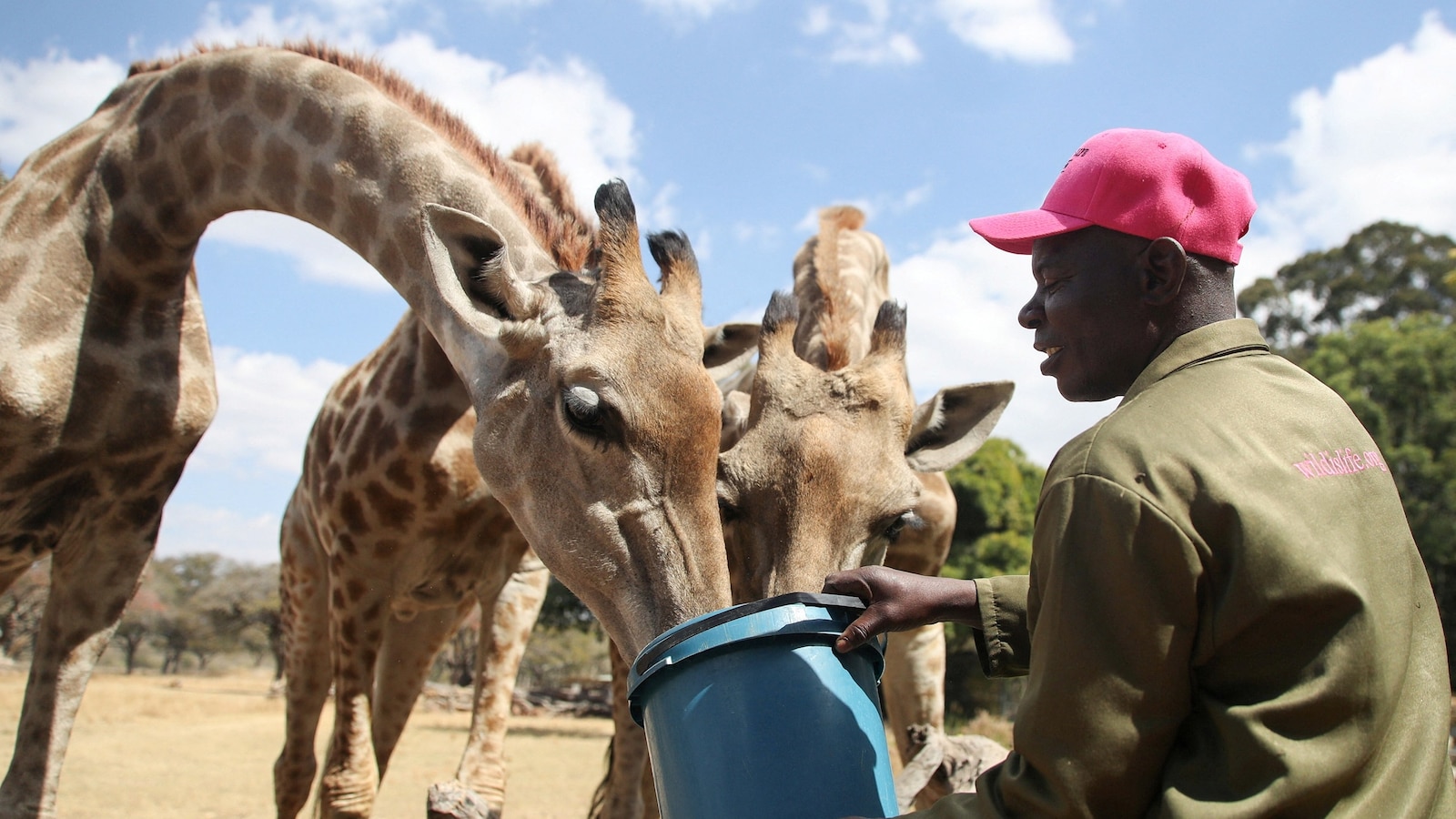Four Giraffe Species Officially Recognized: A Major Shift for Conservation
The International Union for Conservation of Nature (IUCN) has made a groundbreaking decision, recognizing giraffes as four genetically distinct species, a move that could trigger urgent protection for those facing threats.
Understanding the New Giraffe Classification
For years, giraffes were considered a single species. However, recent genetic research has revealed significant differences, leading to the recognition of four distinct species:
- Masai Giraffe (Giraffa tippelskirchi)
- Southern Giraffe (Giraffa giraffa)
- Northern Giraffe (Giraffa camelopardalis)
- Reticulated Giraffe (Giraffa reticulata)
The Urgent Need for Protection
This new classification highlights the vulnerability of some giraffe species. Three of the four species are facing increasing threats due to habitat loss, poaching, and human-wildlife conflict. The IUCN's decision underscores the need for targeted conservation efforts.

What This Means for Giraffe Conservation
By recognizing these giraffes as separate species, conservation organizations can now allocate resources more effectively. Specific strategies can be tailored to address the unique challenges faced by each species, increasing their chances of survival.
Learn more about giraffe conservation efforts at The Giraffe Conservation Foundation.
A Glimpse into the Future
The new giraffe classification is a watershed moment in wildlife conservation. It serves as a reminder that continued scientific research and monitoring are essential for understanding and protecting the biodiversity of our planet. This change can potentially improve protections for the 3 giraffe species in danger.









